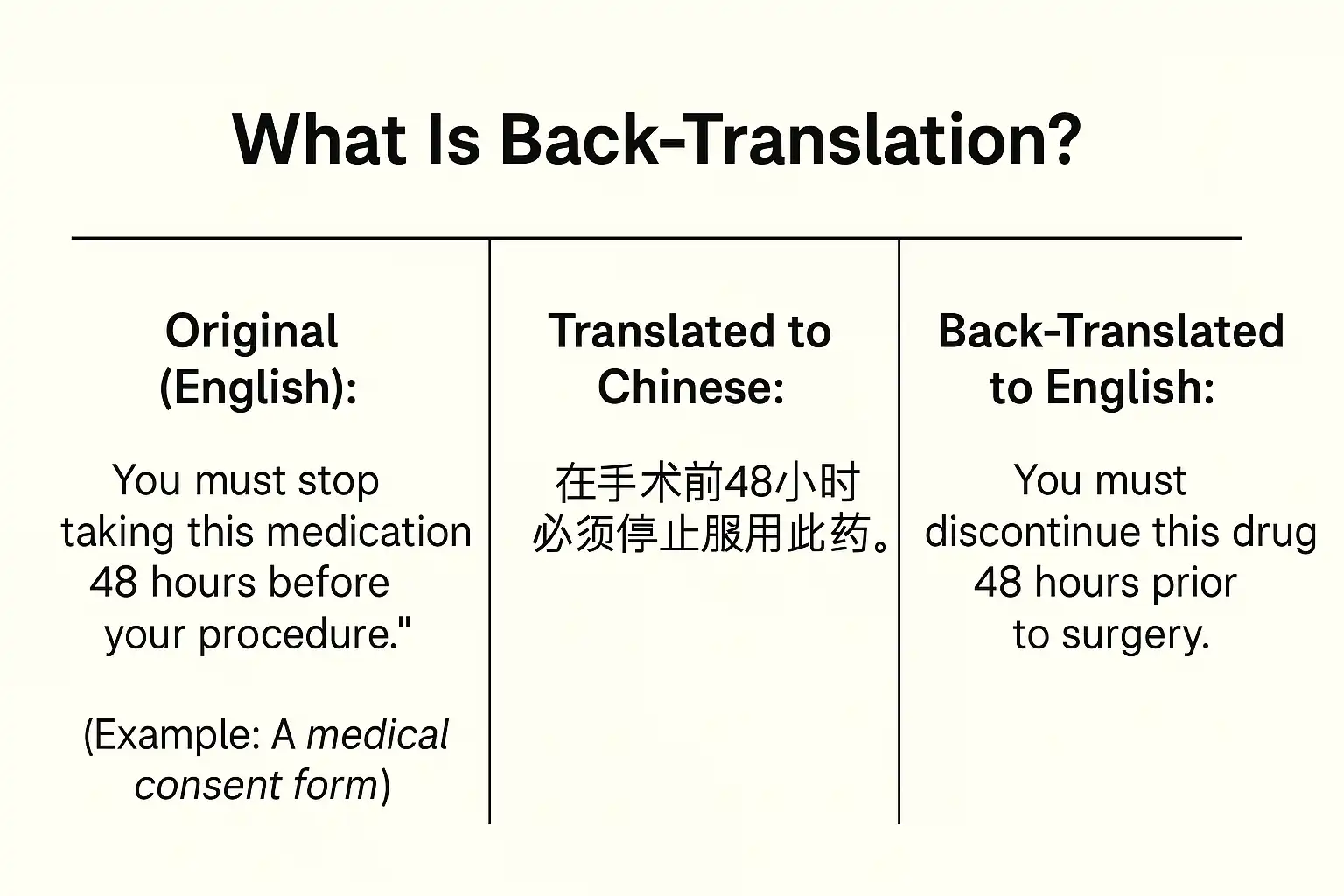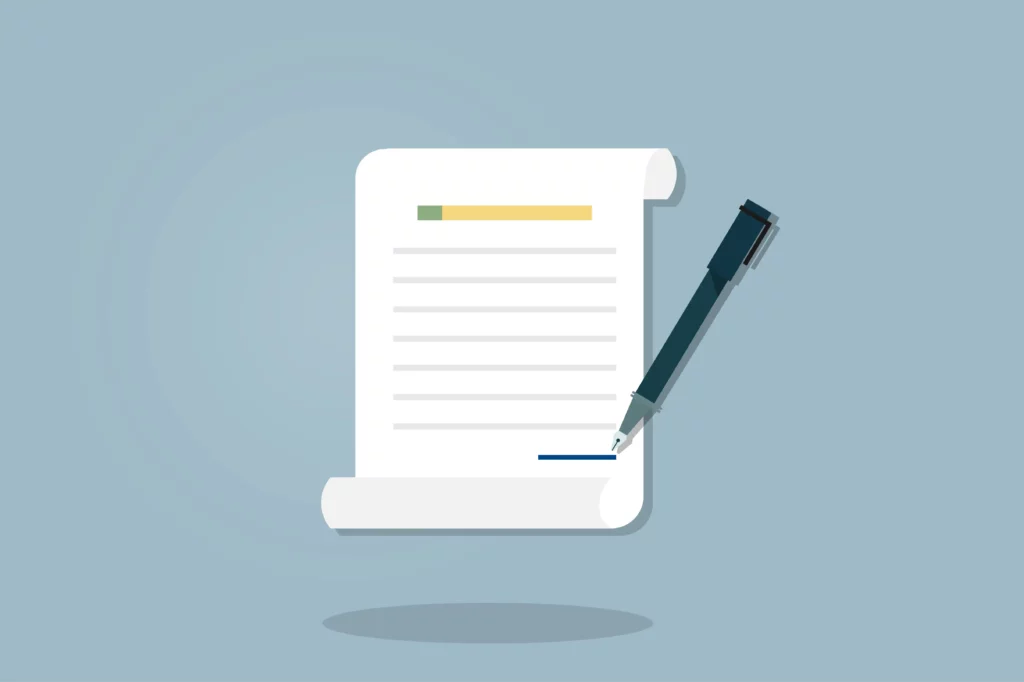Back-translation s essential for high-stakes work such as medical trials or legal agreements. In this guide, you’ll learn what it means, when to apply it, why it matters, see a real example, and understand how to judge whether the outcome is reliable.
What Makes a Chinese Translation Sound Native – Explained
Chinese Website Translation: A Complete Guide for Global Businesses
Why It Matters
This review method is a safeguard often used in regulated industries. Its purpose is to make sure nothing important slips through during the conversion process. In short, the text is rendered back into the original language to reveal any hidden shifts in meaning. It’s particularly common in medicine, law, and research where absolute precision is non-negotiable.
Need to be sure your document says exactly what it should? Let’s look at how this process works and when it’s worth the extra step.
1. What Is Back-Translation?
The method involves taking a completed document and asking a second linguist to render it independently into the source language. This “reverse” version is then compared with the original.

Purpose: to detect subtle errors, misleading phrasing, or cultural mismatches that normal proofreading might not reveal.
2. When to Use Back-Translation?
This verification step is valuable when the risks are high:
🌐 International research: when global stakeholders require reassurance
🩺 Medical content: clinical trials, consent forms, drug labels
⚖️ Legal materials: contracts, court filings, data policies
🏛 Regulatory filings: content reviewed by FDA, EMA, ISO, or similar bodies
🗣 Public-facing campaigns: government health notices, multilingual surveys

3. What Was the Purpose of Back-Translation?
The goal is to:
- ✅ Confirm fidelity to the original intent
- ✅ Uncover meaning shifts or tone problems
- ✅ Catch contextual errors early
- ✅ Comply with international standards or ethics boards
👉 It’s not about “checking grammar” — it’s about testing whether the intended message survives intact.
4. Example in Action
Original (English):
“Patients must not eat or drink for 8 hours before surgery.”
Rendered into Chinese:
“病人在手术前八小时不得进食或饮水。”
Reverse into English:
“Patients should not eat or drink for eight hours before surgery.”
✅ This shows the meaning and tone were preserved — a good outcome.
If, however, the version came back as:
“Patients are forbidden to consume food or water eight hours prior,”
…it might be flagged as unnecessarily harsh, even though factually correct.
5. Signs of a Good Result
A reliable outcome, confirmed through this technique, will:
- 💬 Preserve meaning, tone, and nuance of the original
- 🔁 Avoid omissions, additions, or distortions
- 📄 Match closely on comparison with minimal changes
- 👥 Gain agreement between linguist, reviewer, and client
“If the back-translation reads just like the original, you’re on the right track.”
— Y. Chen, clinical quality assurance specialist
Whether you’re translating a legal contract, a medical consent form, or a high-impact marketing message, precision matters. Techniques like back-translation aren’t just extra steps—they’re safeguards for clarity, compliance, and trust.
We hope this guide helps you make informed decisions—and that you receive a translation that’s not only accurate, but truly effective.
Need help? We’re here when you’re ready!
